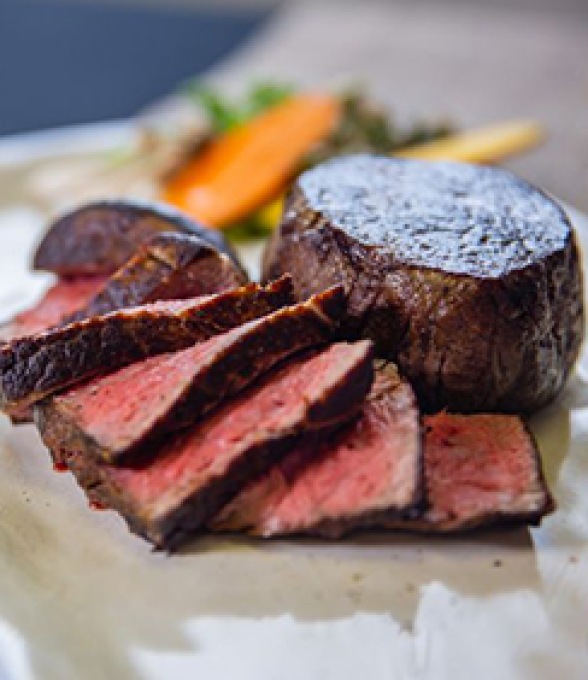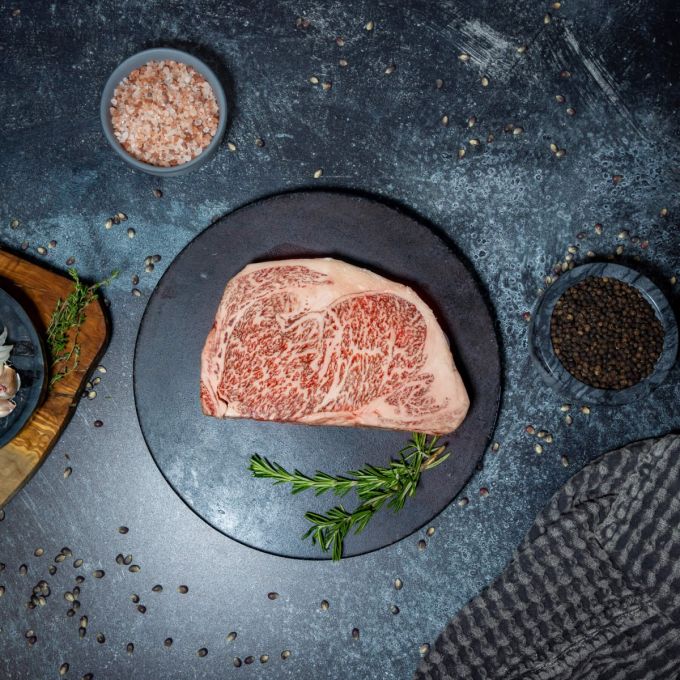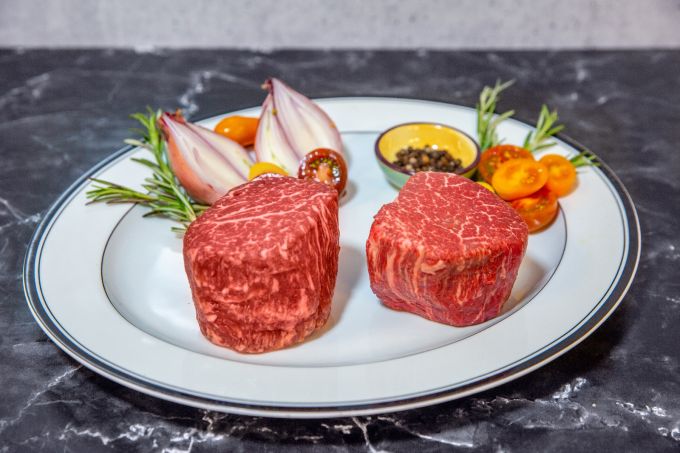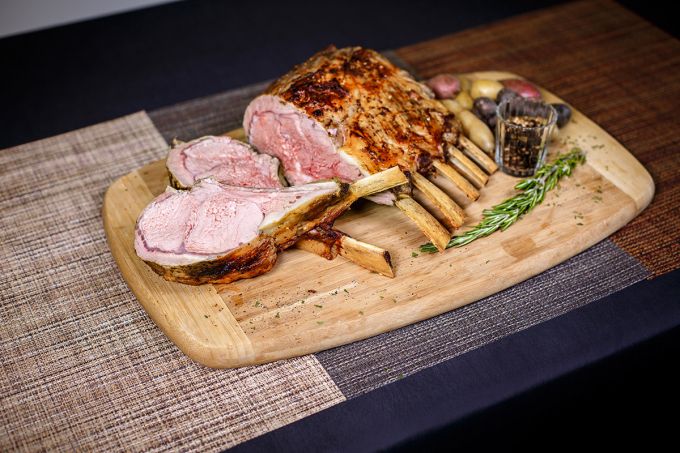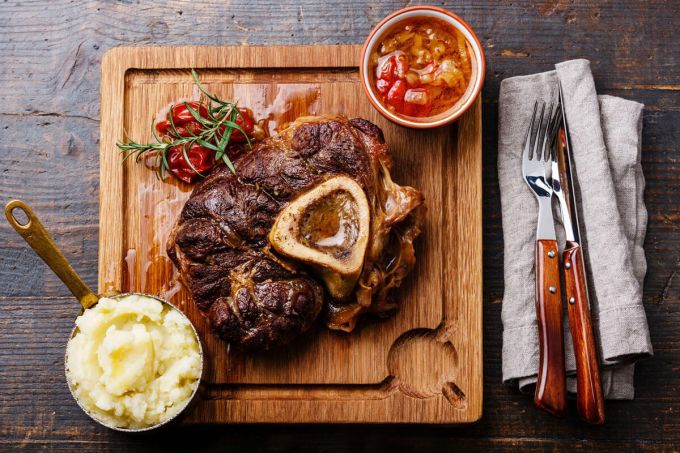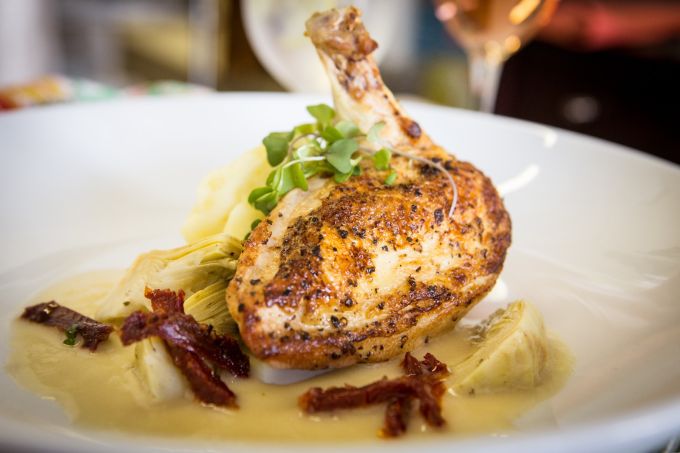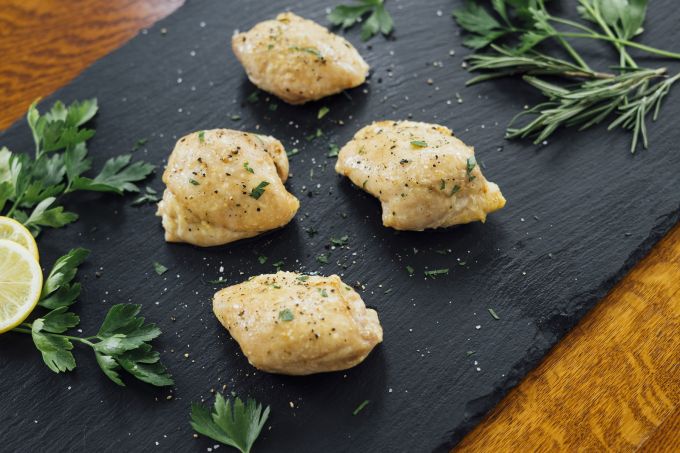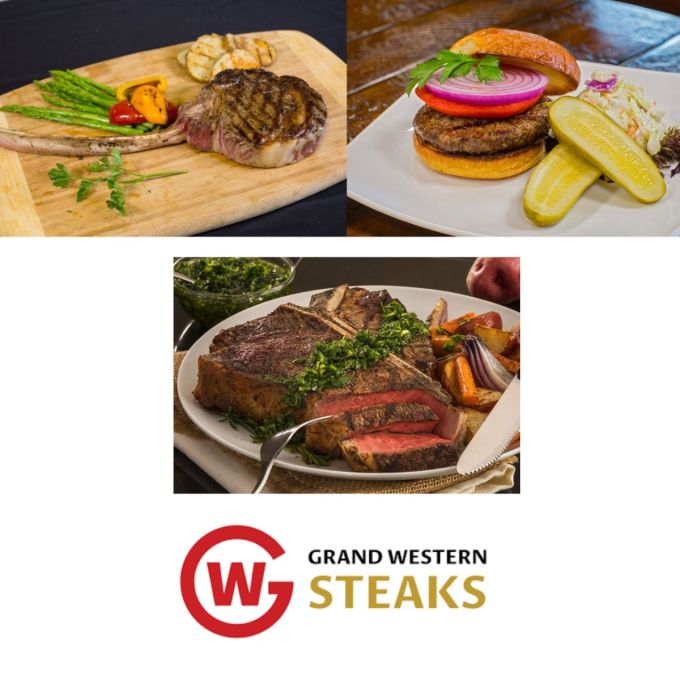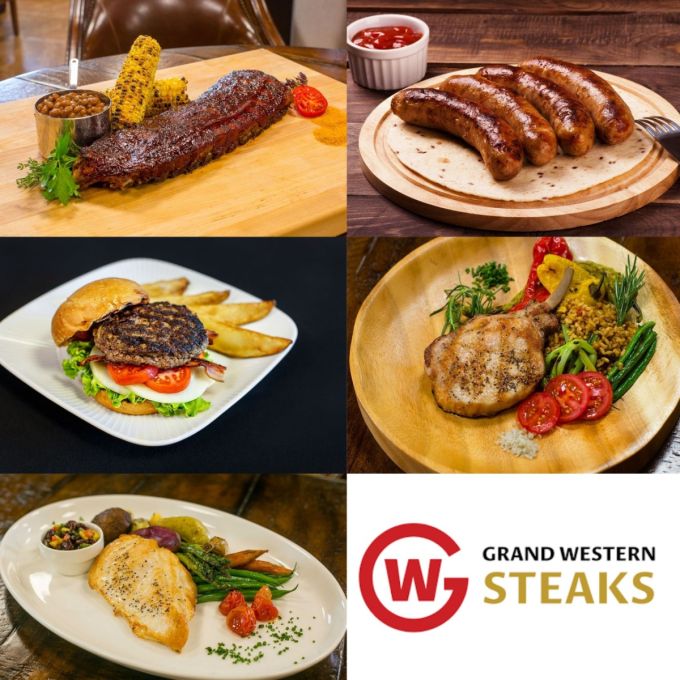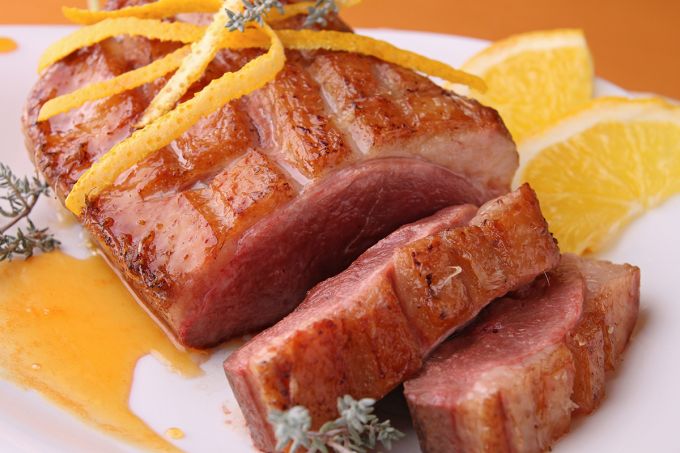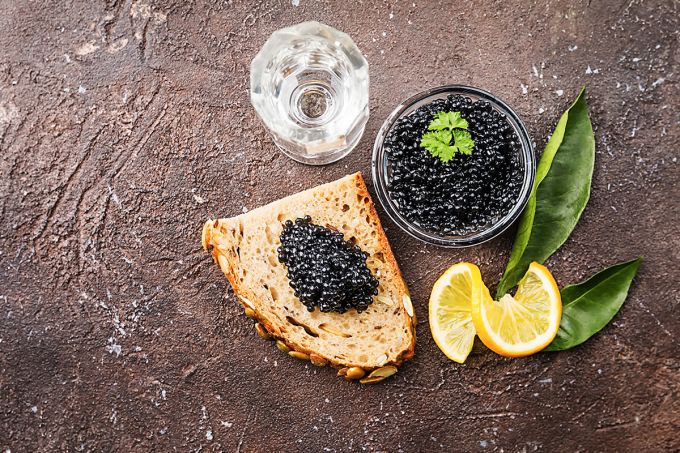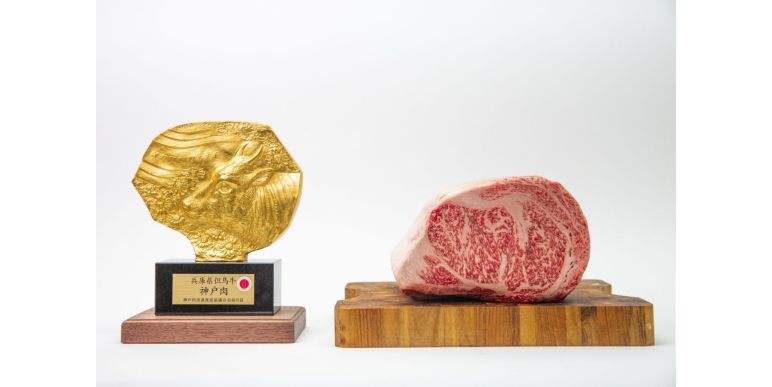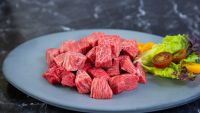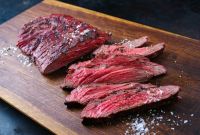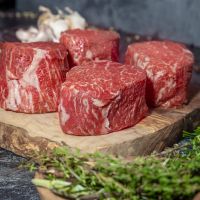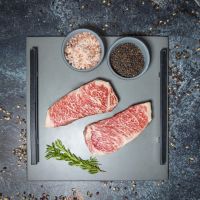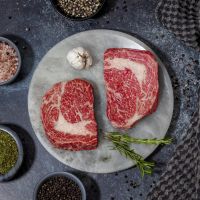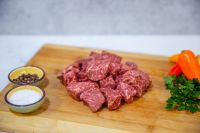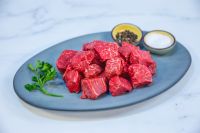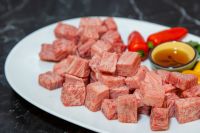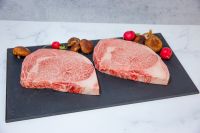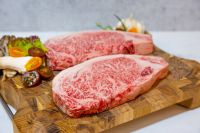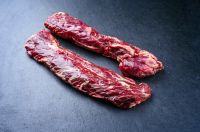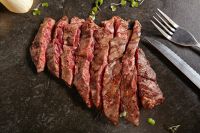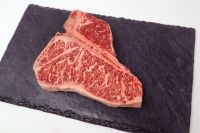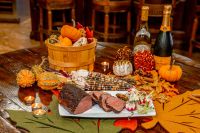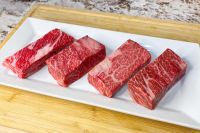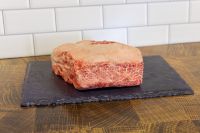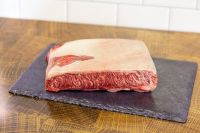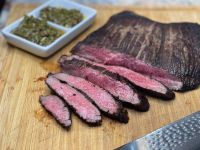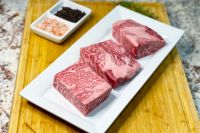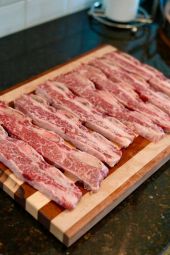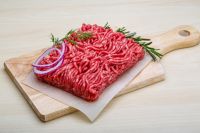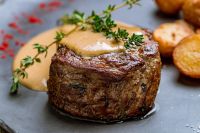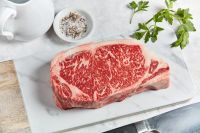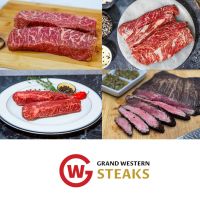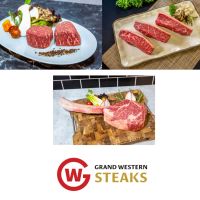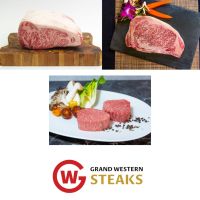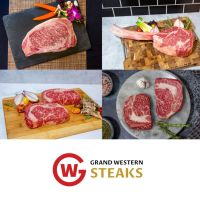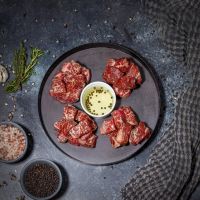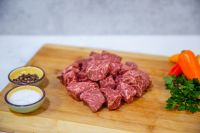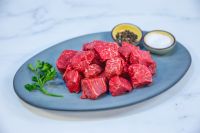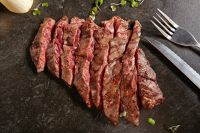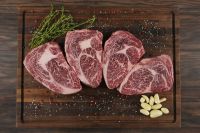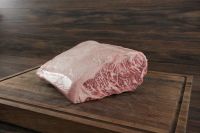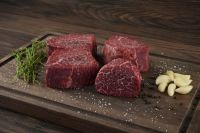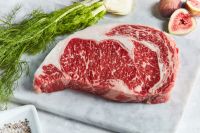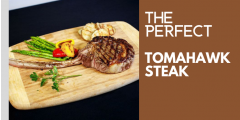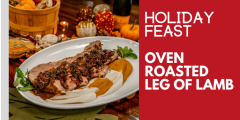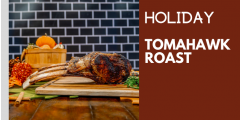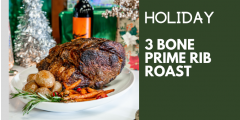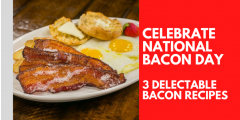All you need to know about Japanese Wagyu
Wagyu: A Culinary Masterpiece
Wagyu, meaning “Japanese cattle,” refers to several breeds renowned for their superior meat quality. The term has become synonymous with the world’s finest beef, celebrated for its intense marbling, tenderness, and rich umami flavor. Meticulous breeding and feeding practices, combined with Japan’s unique geography and climate, have culminated in the creation of this culinary masterpiece.
Breeding and Development
The four main breeds of Wagyu cattle are:
-
Japanese Black (Kuroge Washu):
The most common breed, accounting for over 90% of Wagyu beef production. It is known for its superior marbling. -
Japanese Brown (Akage Washu):
Also known as "Red Wagyu," this breed is leaner yet still offers excellent flavor and marbling. -
Japanese Polled (Mukaku Washu):
A rarer breed, prized for its rich, meaty flavor. -
Japanese Shorthorn (Nihon Tankaku Washu):
Known for its lean meat and robust flavor.
Selective breeding has been essential in developing Wagyu cattle. Japanese farmers have focused meticulously on enhancing marbling, texture, and flavor, resulting in the high-quality beef we know today.
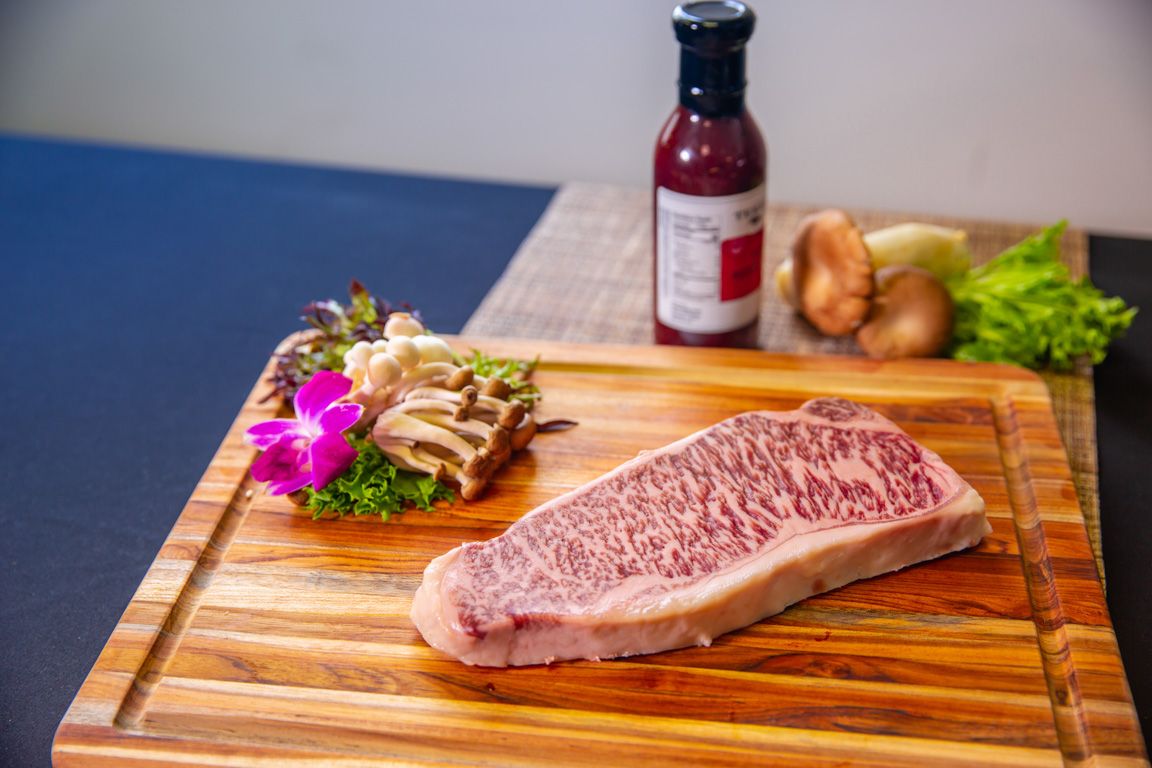
The Unique Characteristics of Wagyu Beef
-
Marbling:
The defining feature of Wagyu beef is its exceptional marbling—the intricate pattern of fat distributed throughout the meat. This marbling not only enhances the beef’s flavor but also contributes to its tenderness. The high percentage of unsaturated fats gives Wagyu a melt-in-the-mouth texture that sets it apart from other types of beef. -
BMS (Beef Marbling Standard) Grading:
Wagyu beef is graded based on the Beef Marbling Standard (BMS), which evaluates the amount and distribution of intramuscular fat. The higher the BMS score, the more luxurious and flavorful the meat. Top-tier Wagyu often boasts BMS scores of 10 or above, indicating an unparalleled level of marbling. -
Umami Flavor:
Wagyu’s unique taste profile is characterized by a deep, savory umami flavor that lingers on the palate. The combination of high marbling, careful breeding, and feeding practices contributes to this distinctive taste, making Wagyu a sought-after delicacy.
The Three Most Famous Breeding Areas in Japan
-
Kobe:
Kobe, the birthplace of the renowned Kobe beef, is perhaps the most famous breeding area for Wagyu. Situated in the Hyogo Prefecture, the cattle raised in Kobe benefit from a serene environment surrounded by mountains and the sea. Kobe beef is celebrated for its extraordinary marbling, tenderness, and a flavor profile that includes delicate sweetness and a buttery texture. Strict regulations govern the production of Kobe beef, ensuring that only the highest quality meat carries the prestigious Kobe designation. -
Matsusaka:
Located in the Mie Prefecture, Matsusaka is another esteemed breeding area for Wagyu. Cattle in Matsusaka are pampered from birth, receiving specialized care and a diet that includes high-quality feed, beer, and even regular massages. This attention to detail results in exceptionally tender meat with a rich, beefy flavor. Matsusaka beef is highly sought after and is often regarded as one of the finest examples of Wagyu. -
Yonezawa:
Yonezawa beef hails from the Yamagata Prefecture and is celebrated for its beautiful marbling and robust flavor. The cattle in Yonezawa are raised in a cold climate, which encourages them to develop a thicker layer of fat for insulation. This contributes to the rich marbling and distinctive taste of Yonezawa beef. Known for its melt-in-the-mouth texture and well-balanced flavor, Yonezawa beef is a favorite among discerning connoisseurs.
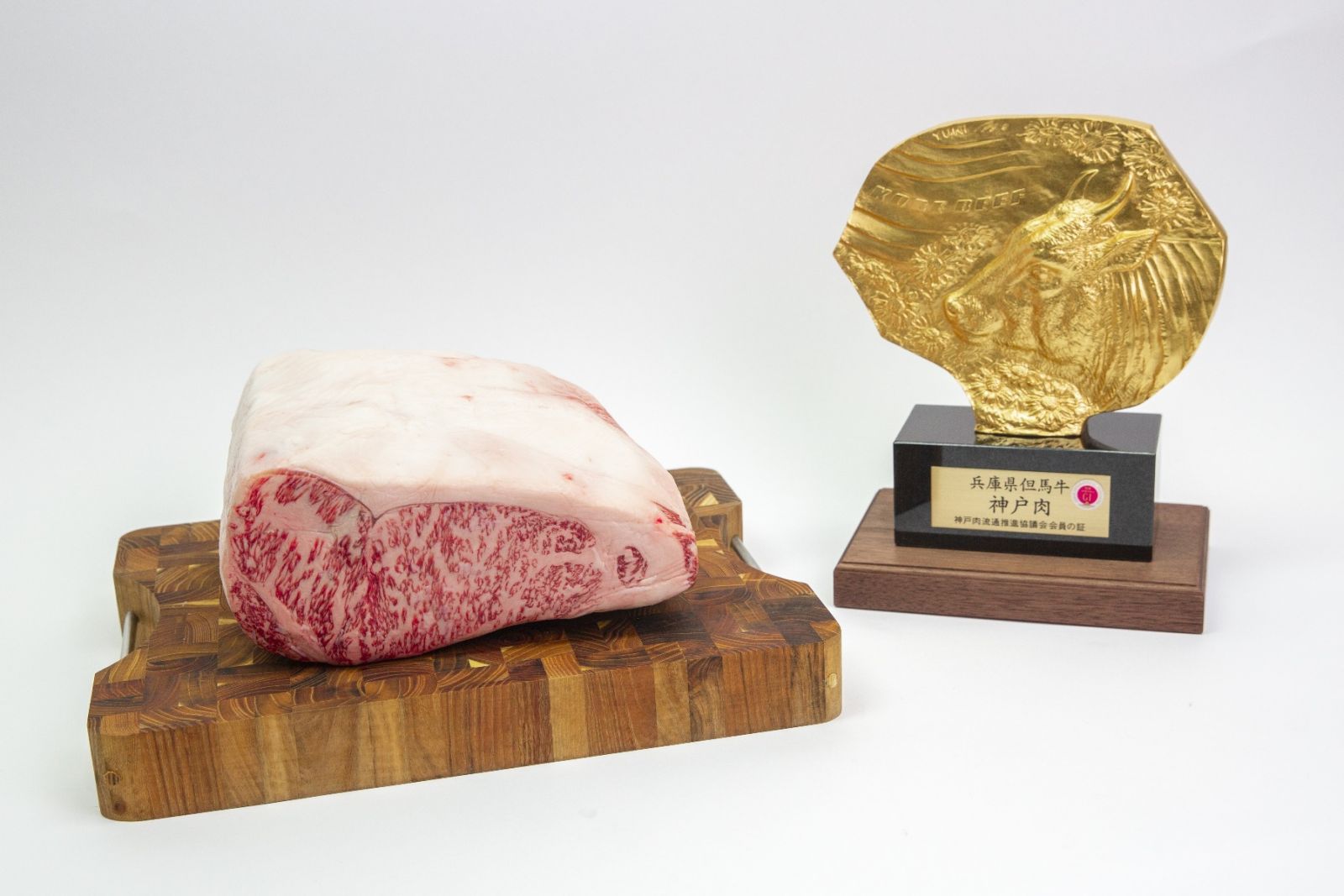
Sustainable Practices and Future Outlook
As the global demand for Wagyu beef continues to rise, there is increasing attention on sustainable practices within the industry. Japanese farmers are increasingly adopting environmentally friendly approaches to breeding and raising Wagyu cattle. These measures not only address ecological concerns but also ensure the longevity of Wagyu farming traditions for future generations.
A Gem of Japanese Cuisine
Premium Japanese beef, particularly Wagyu, has earned its place among the world’s most sought-after culinary delights. The meticulous breeding practices and unique geographic factors contribute to the exceptional quality and flavor of Wagyu beef. The three most famous breeding areas—Kobe, Matsusaka, and Yonezawa—each contribute their distinct characteristics to this culinary masterpiece. As the appreciation for Wagyu beef continues to grow, it is essential to acknowledge and support sustainable practices that will preserve the legacy of Japanese beef for years to come.
Links and Sources:
-
Watch these videos for more insights:
Sources:



